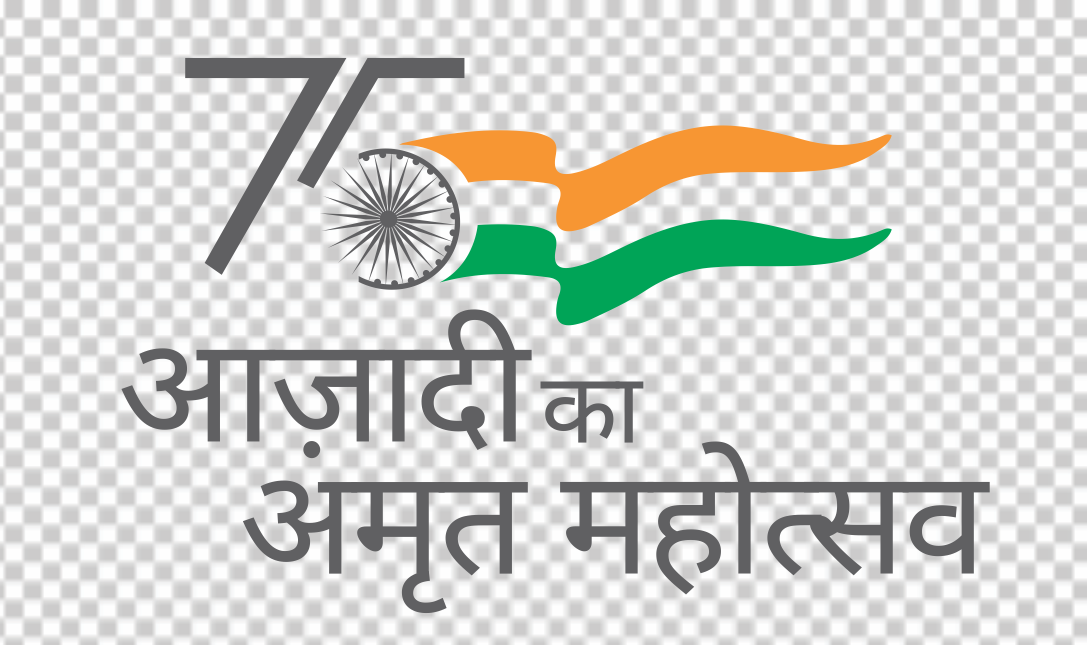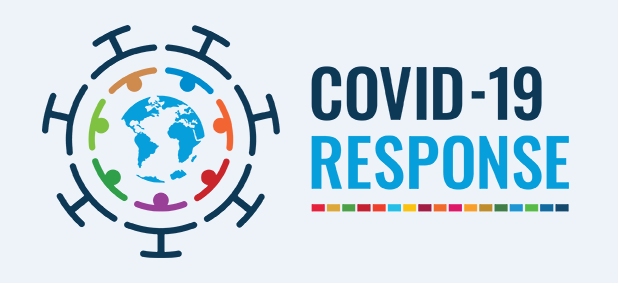Focus on indigenous and local
solutions to deal with heatwaves
Focus on indigenous and local
solutions to deal with heatwaves

Arpita Mondal
Department of Civil Engineering, & Interdisciplinary Program in Climate Studies and Associate Professor, IIT Bombay
IISD's invited Distinguished Guest Blog
India is no stranger to heatwaves. However, what stands out about the heat waves this year is the remarkably earlier timing, and the large spatial extent extending from the northwestern to the southeastern parts of the country. While the India Meteorological Department (IMD) suggests normal rainfall and the early-to-normal onset of the monsoon this year, it is time that concrete plans are put in place to deal with heatwaves and closely linked extrem weather events.
It is natural to ask, after any such extreme weather event, if it was caused by the climate crisis. Scientists, however, pose the question a little differently. It is analogous to concepts in epidemiology where any particular person's lung cancer can never be attributed, with full certainty, to smoking because we may never know if they would have contracted the disease otherwise. What we can tell is that smoking makes the occurrence of lung cancer more likely.
Similarly, the question in climate crisis attribution studies is whether, and by how much, human-induced climate change has made any extreme weather event more or less likely. The first such event to be unequivocally attributed to anthropogenic climate change was a heat wave event in Europe in 2003 that led to massive mortality. Temperature is also a weather variable on which scientists have maximum prediction confidence, owing to its relatively smaller variations across space and time as compared to other hard to predict variables such as rainfall.
If we consider two probability distributions of temperatures, one with the climate crisis and the other without it, with the mean or normal of the former increased significantly from that of the latter, it automatically implies that there is a higher probability of occurrence of what was earlier considered as extreme. The climate science community has reported overwhelming evidence that extreme events such as heatwaves are likely to become more intense, more frequent and of longer duration and extent in future, unless emissions of greenhouse gases and aerosols are significantly cut globally. It is important to appreciate that heatwaves in India, such asthe current event, have the potential to influence thousands of vulnerable and poor people who, to begin with, contributed very little to the climate crisis. Leaving such questions of social justice aside, scientists also believe that in the foreseeable future, several rich communities are also going to be negatively impacted by the climate crisis.
To plan for a climate-resilient India, several factors need to be considered. First, a system of heat wave forecasts and early warning needs to be in place. One significant positive step has been taken by IMD through its regular bulletins and the predictions on heatwaves.
There has been a successful diversification of the IMD's focus from prediction of the monsoon to dis seminating accurate information spita about other important climatic ondal events. Second, recognising heatwaves as a major disaster is long due. We still have a long way to go in building public awareness, particularly on how individuals and local communiS ties can take care of themselves. When should N schools be shut? What are the optimal ranges ns of temperatures that a household AC should 5S be kept at? How long should one stay outly doors if that's unavoidable? What colour, texture and material of houses, roofs and even at clothes might be better suited? Clear directives on such questions are missing.
It is heartening to see individual cities such as Mumbai and Surat coming out with their climate action plans. The Ahmedabad heat action plan appears to have been fairly successful in coping with the 2015 heat wave after the disastrous event of 2010. However, more action is required at federal and state levels.
Finally, we also need to focus on indigenous and local solutions in dealing with hazards such as heatwaves. India has a long history of respecting nature and climate, and many of our traditional practices set great examples of sustainable living, Saving, harvesting and recycling natural resources have long been a part of our culture, and we must do everything to protect them.
___________________________
Arpita Mondal is Department of Civil Engineering, & Interdisciplinary Program in Climate Studies and Associate Professor, IIT Bombay. This is an IISD's invited Distinguished Guest Blog.
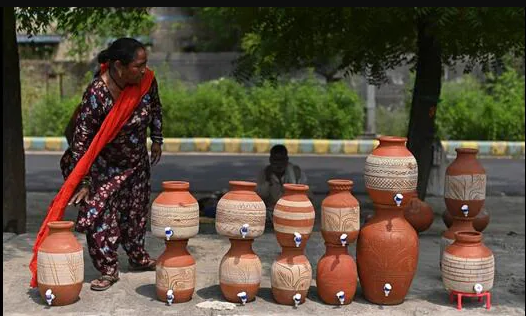

India Meteorological Department (IMD)
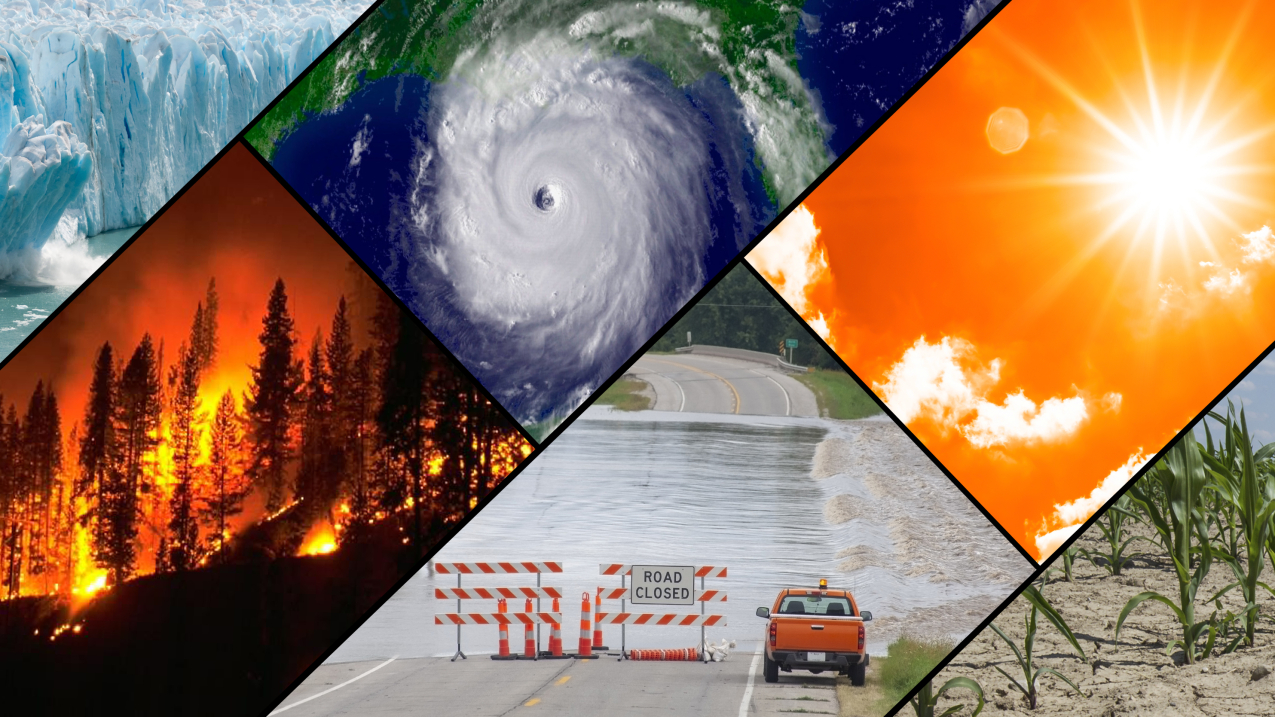
Climate Crisis

India Meteorological Department (IMD)

Epidemiology
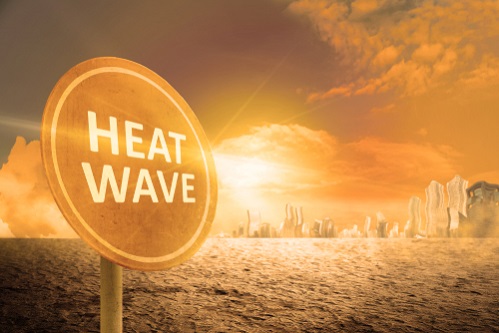
Heatwaves
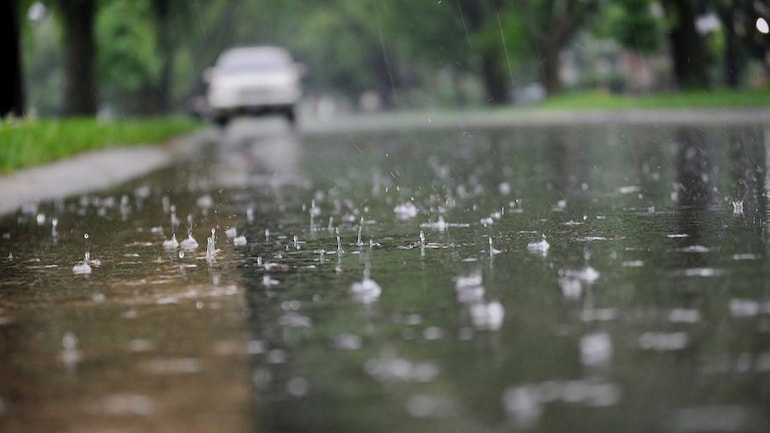
Rainfall
